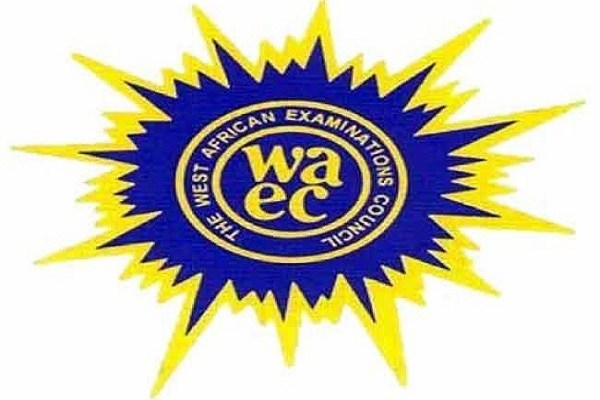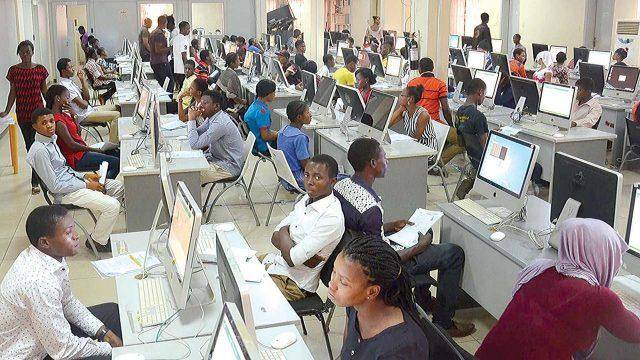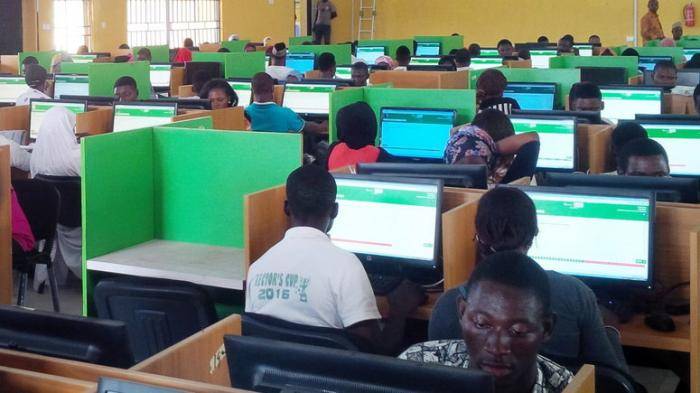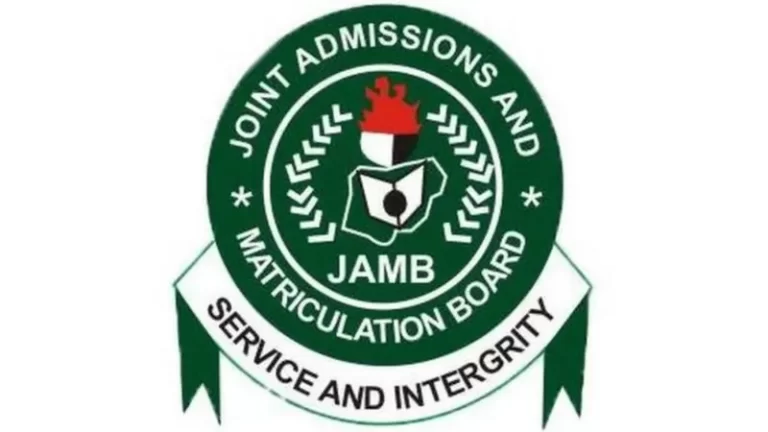Waec

Civic-Education-Obj
1ABABDBABAB
11BDABDDCDCC
21DABBBCBCBA
31CCBABBBACC
41DBBCDBDBBC
Answer Four (4) in all one from each section pick the fourth one from any section.
SECTION- A(ANSWER 2 ONLY
(1a)
(i) Tradition: Authority based on customs, traditions, and historical practices.
(ii) Rational-Legal: Authority based on laws, rules, and regulations.
(iii) Charisma: Authority based on an individual’s exceptional qualities, personality, or leadership abilities.
(1b)
(i) Cultural Preservation: Traditional leaders play a vital role in preserving and promoting cultural heritage, traditions, and values. They help maintain cultural identity and pass it down to future generations.
(ii) Conflict Resolution: Traditional leaders often serve as mediators and arbitrators, resolving conflicts within their communities. Their authority and wisdom help to settle disputes and maintain social harmony.
(iii) Representation: Traditional leaders represent their communities in various forums, such as local government, national assemblies, and international organizations. They voice the concerns and interests of their people.
(iv) Leadership: Traditional leaders provide guidance, direction, and inspiration to their followers. They offer vision, wisdom, and counsel, helping their communities navigate challenges and opportunities.
(v) Symbolic Role: Traditional leaders serve as symbols of unity, identity, and stability. They embody the history, values, and aspirations of their communities, providing a sense of continuity and belonging.
(vi) Community Development: Traditional leaders initiate and support development projects, promoting social and economic progress in their communities. They partner with governments, NGOs, and other stakeholders to improve healthcare, education, infrastructure, and economic opportunities.
(2a)
Community service refers to voluntary work undertaken by individuals or groups to benefit the community in which they reside or the wider society. It typically involves unpaid activities that aim to address local needs and improve the well-being of others.
(2b)
(i) Personal Growth and Development: Community service provides opportunities for individuals to develop essential skills, confidence, and leadership abilities.
(ii) Enhanced Civic Responsibility: By engaging in community service, individuals become more aware of societal issues and develop a sense of responsibility towards their community and society.
(iii) Improved Health and Well-being:** Studies show that community service can reduce stress, improve mood, and foster a sense of purpose and fulfillment.
(iv) Networking and Social Connections: Community service allows individuals to connect with like-minded individuals, build relationships, and expand their social networks.
(v) Career and Educational Advancement: Involvement in community service can enhance one’s resume, showcase transferable skills, and provide valuable experiences for future career endeavors.
(vi) Community Empowerment: Community service empowers individuals to make a meaningful difference in their own communities, fostering a sense of belonging and connection.
(3a)
(i)Pedestrians
(ii)Cyclists
(iii)Motorists.
(3b)
(i)Obey Traffic Laws: Road users are required to adhere to the traffic laws that govern road use. This includes obeying traffic signals, road signs, and pavement markings.
(ii)Vehicle Maintenance: Motorists should ensure their vehicles are in good working condition. Regular maintenance checks include brakes, lights, tire pressure, and engine performance to prevent malfunctions that could lead to accidents.
(iii)Speed Limits:Road users must comply with posted speed limits which are designed to provide a safe maximum and sometimes minimum speed under ideal driving conditions.
(iv)Driving Under the Influence: It is imperative for road users to avoid driving under the influence of alcohol or drugs. These substances impair judgment and reaction times, significantly increasing the risk of accidents.
(v)Use of Safety Devices: Road users should use safety devices such as seat belts and helmets. Motorists should ensure passengers, especially children, are also using appropriate safety restraints.
(vi)Stay Alert and Vigilant: Road users must be aware of their surroundings at all times and watch out for other road users, including pedestrians, cyclists, and other vehicles. Distractions such as mobile phones should be avoided while on the road.
SECTION- B
(ANSWER ONE (1) ONLY
(4)
(i)Implementation of Educational Programs: Institutions can incorporate comprehensive drug education programs that inform students about the dangers of drug use, the benefits of abstaining, and healthier ways to cope with stress and emotional issues.
(ii)Counseling Services: Providing accessible mental health services and counseling can help students deal with personal issues that may lead to or exacerbate substance abuse.
(iii)Strict Enforcement of Campus Policies: Enforcing strict rules against the use and distribution of substances on campus can deter students from engaging in these activities.
(iv)Peer Support Programs: Establishing peer mentorship and support groups can help students maintain sobriety and provide a platform for sharing experiences and strategies for overcoming substance abuse.
(v)Collaboration with Law Enforcement: Institutions can collaborate with local law enforcement to manage the supply channels of illicit drugs in and around campus areas.
(5a)
(i)Consistent and Correct Use of Condoms: Using condoms every time one engages in sexual activity significantly reduces the risk of transmitting or acquiring HIV.
(ii)Regular HIV Testing and Counseling: Knowing one’s HIV status and that of one’s partner can prevent transmission.
(iii)Antiretroviral Therapy (ART) for HIV-Positive Individuals: Effective ART can lower the viral load in an HIV-positive person to undetectable levels, drastically reducing the risk of transmission.
(iv)Educational Campaigns: Raising awareness about HIV transmission methods and prevention strategies can reduce stigma and encourage safer behaviors.
(v)Needle Exchange Programs: Providing clean needles for those who use intravenous drugs can prevent HIV spread among drug users.
(5b)
(i)Frequent and Severe Infections: Due to weakened immune systems, individuals may experience more recurrent infections
(ii)Weight Loss and Chronic Diarrhea: Unexplained weight loss and persistent diarrhea can be common symptoms.
(iii)Fever and Night Sweats: Persistent or frequent fevers and night sweats are typical.
(iv)Fatigue: Chronic exhaustion or unexplained tiredness can occur as the body’s energy is depleted by fighting infections.
(v)Skin Rashes or Lesions: Skin problems such as rashes or lesions can be more frequent and severe in HIV-positive individuals.
(6a)
(i)National Police Agency: Specifically, units that focus on crimes against persons, including trafficking.
(ii)Immigration Authorities: These bodies monitor and regulate cross-border movements to prevent illegal trafficking.
(iii)Ministry of Justice or Equivalent: Government departments that focus on legal frameworks and enforcement against trafficking.
(6b)
(i)Social Stigmatization: Victims often face social stigma which can hinder their reintegration into society.
(ii)Economic Disruption: Trafficking can disrupt local economies and exploit the labor market.
(iii)Increased Public Health Concerns: Trafficking can lead to increased spread of communicable diseases among trafficked individuals.
(iv)Human Rights Violations: Severe abuse and violation of victims’ fundamental rights are common.
(v)Corruption: Trafficking can be linked to corruption at various levels, complicating efforts to combat it.
(vi)Security Issues: Human trafficking can lead to increased crime and insecurity in affected areas.
SECTION- C(ANSWER ONE (1) ONLY
(7a)
The rule of law is a fundamental principle that ensures all individuals, institutions, and government officials are subject to the law and must act in accordance with it.
(7b)
(i)Independent Judiciary: A fair and impartial judiciary that can interpret laws and ensure their enforcement.
(ii)Clear and Fair Laws: Laws that are easily understood, fair, and apply equally to all citizens.
(iii)Effective Law Enforcement: Law enforcement agencies that are capable, impartial, and accountable.
(iv)Respect for Human Rights: Protection and promotion of human rights, including freedom of speech, assembly, and association.
(v)Transparency and Accountability in Government: Government actions and decisions that are transparent, accountable, and open to scrutiny.
(vi)Active and Engaged Citizenry: Citizens who are informed, participatory, and hold government officials accountable for their actions.
(8)
(i)Political Instability: Frequent coups, civil wars, and political unrest undermine democratic institutions and processes.
(ii)Corruption: Widespread corruption erodes trust in government, undermines the rule of law, and distorts democratic processes.
(iii)Economic Underdevelopment: Poverty, inequality, and lack of economic opportunities hinder democratic consolidation and citizen participation.
(iv)Limited Access to Education and Information: Many citizens lack access to quality education, accurate information, and media freedom, making informed participation in democracy difficult.
(v)External Interference and Influence: Interference by foreign powers and external actors can undermine democratic sovereignty, perpetuate corruption, and destabilize the region.
(9)
(i)Protection of Individual Rights and Freedoms: The constitution outlines the rights and freedoms of citizens, such as freedom of speech, religion, and assembly, and protects them from government interference.
(ii)Separation of Powers and Checks and Balances: The constitution divides power among the legislative, executive, and judicial branches, ensuring that no one branch dominates the others.
(iii)Distribution of Power between Federal and State Governmnts_: The constitution defines the powers and responsibilities of federal and state governments, ensuring a balance of power and autonomy.
(iv)Establishment of Institutions and their Powers: The constitution establishes institutions such as the legislature, executive, and judiciary, and defines their powers and responsibilities.
(v)Amendment and Revision Procedures: The constitution outlines the procedures for amending and revising the constitution itself, ensuring that it remains a living document that can adapt to changing circumstances.
RECOMMENDED TOPICS
- JAMB 2025 UTME/DE registration document – step-by-step on how to apply for UTME and DE

- JAMB postpones 2025 UTME Registration to February 3rd

- JAMB Officially Announces 2025 UTME Registration, Exam, Mock Dates, Cost and Important Details

- The official reading novel for Jamb 2025 is Lekki Headmaster

- Subjects for Computer Science in JAMB for Guaranteed Success


